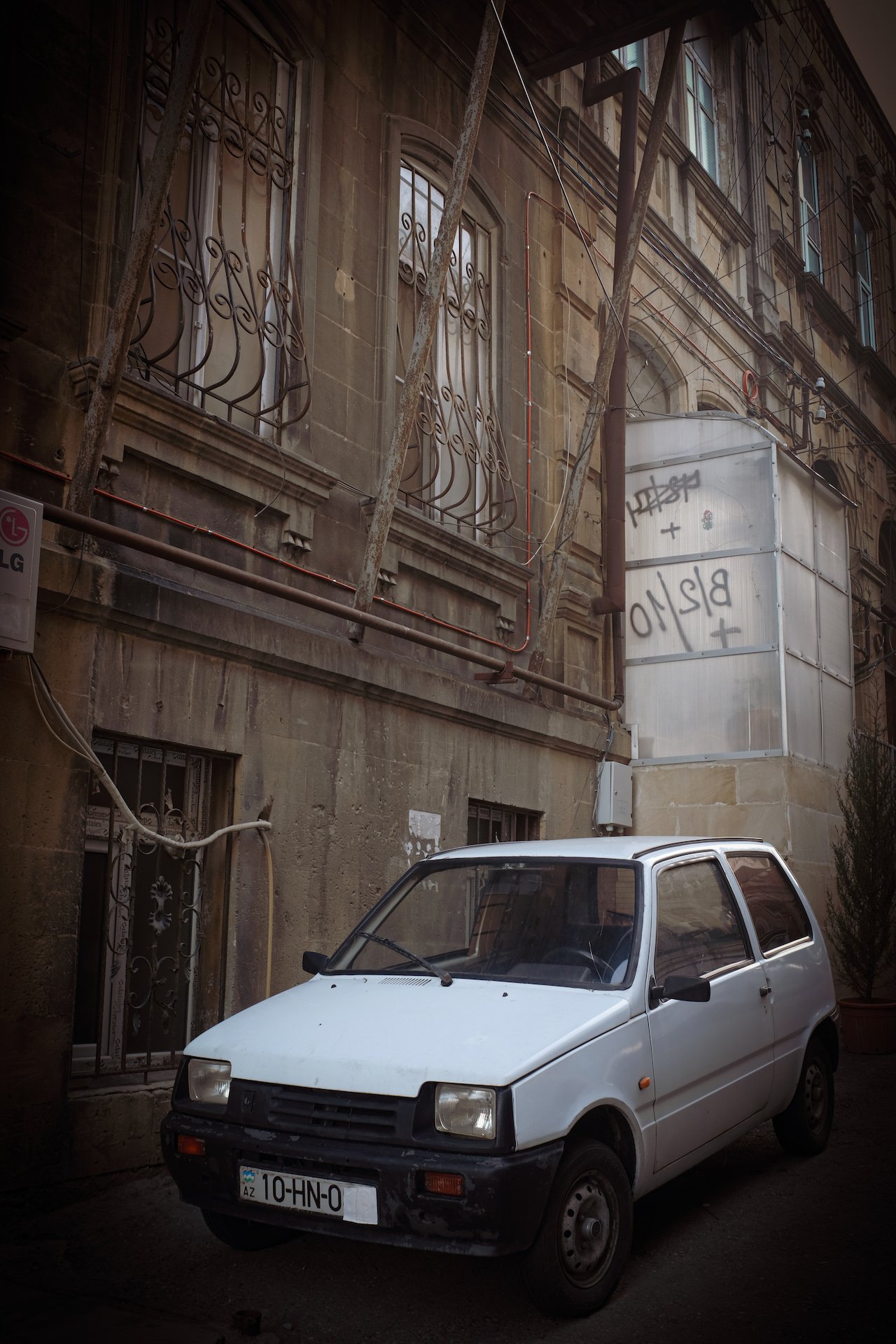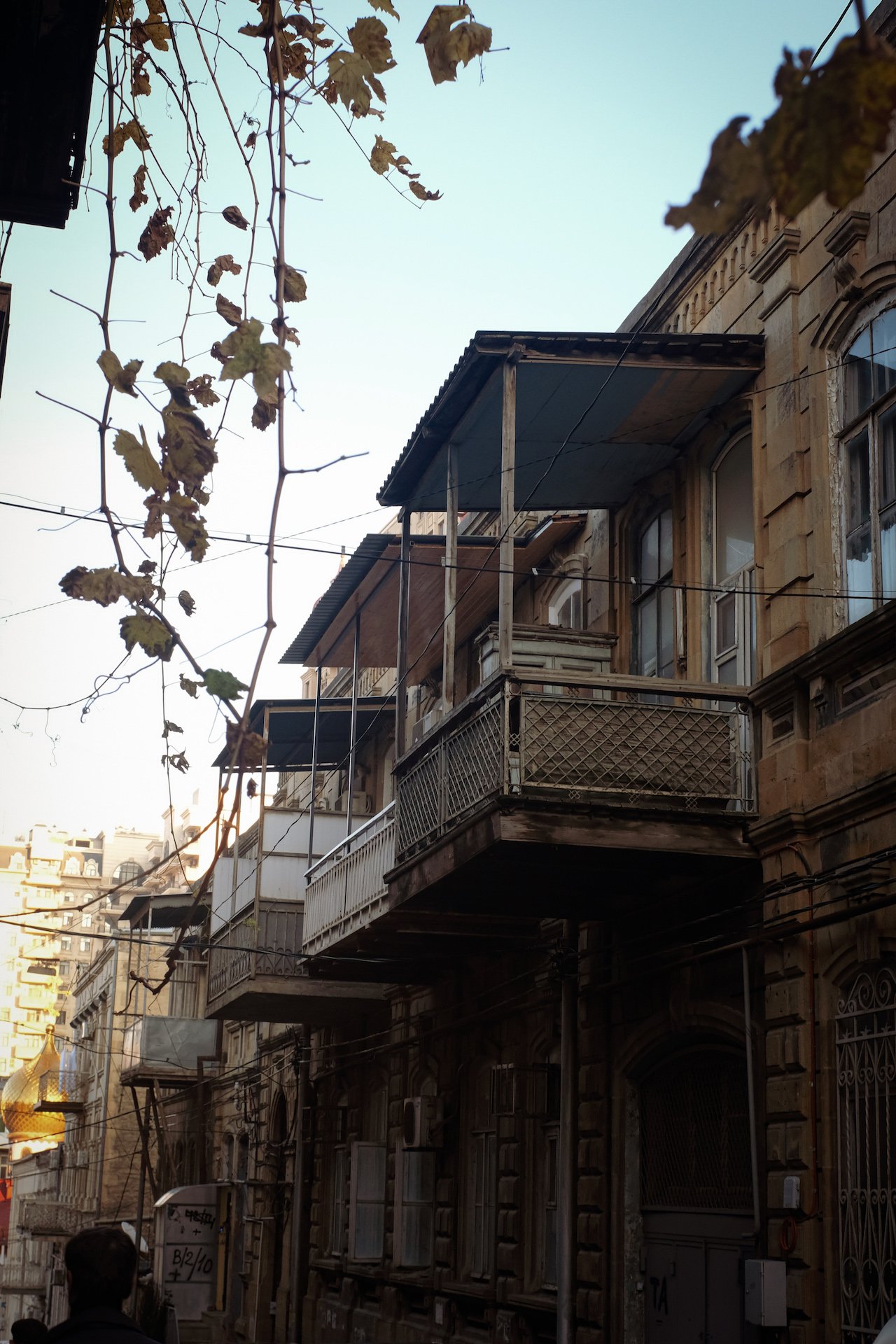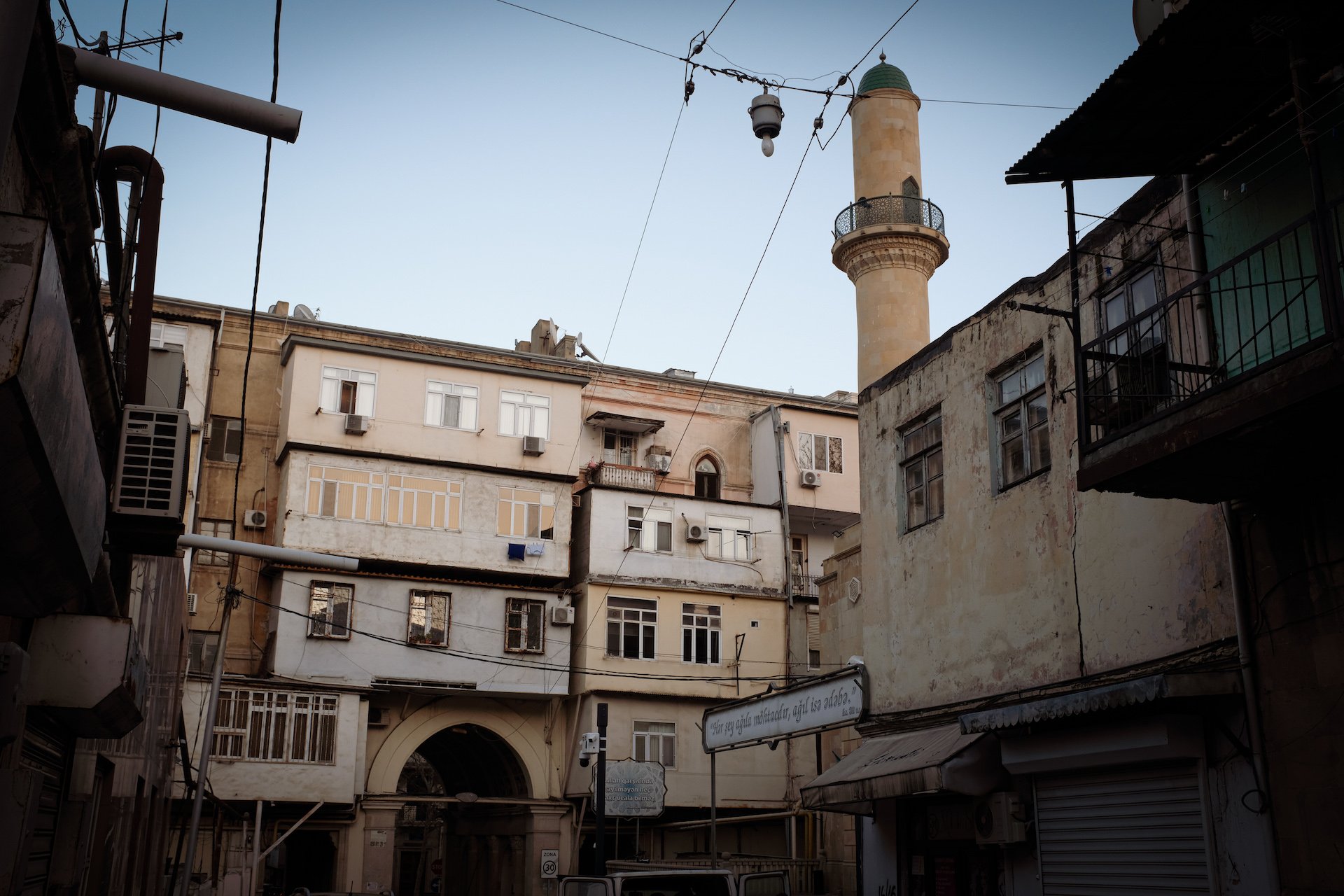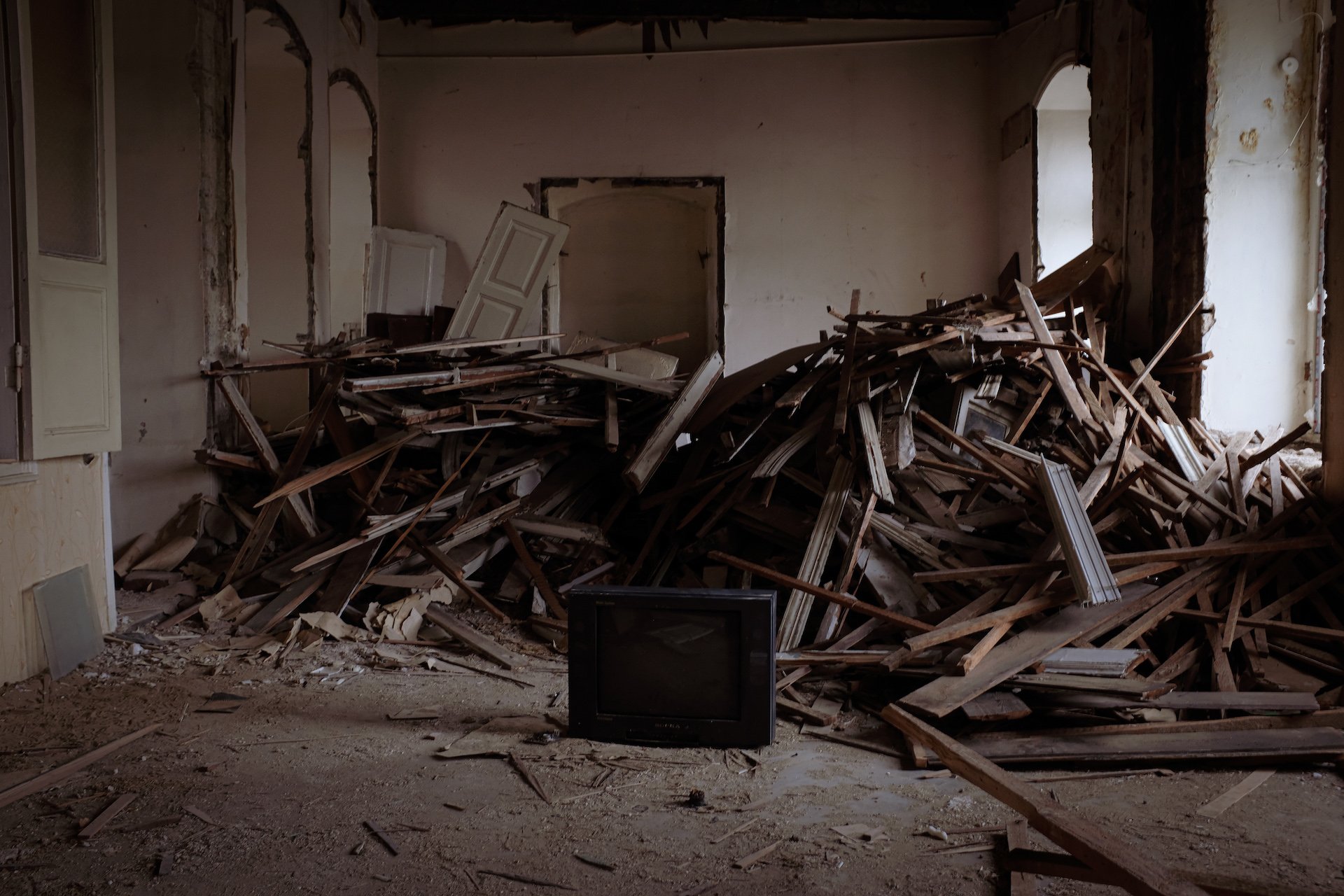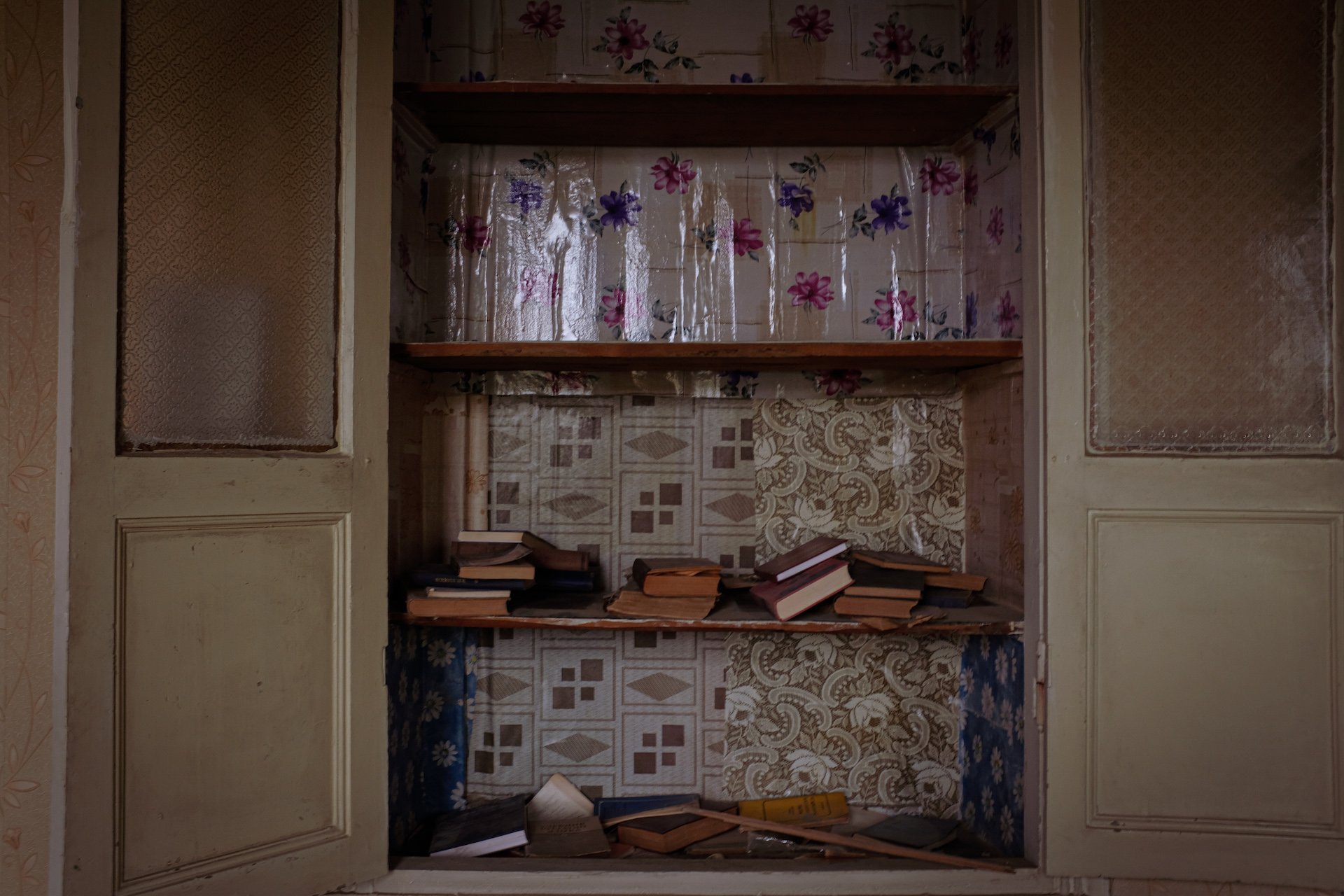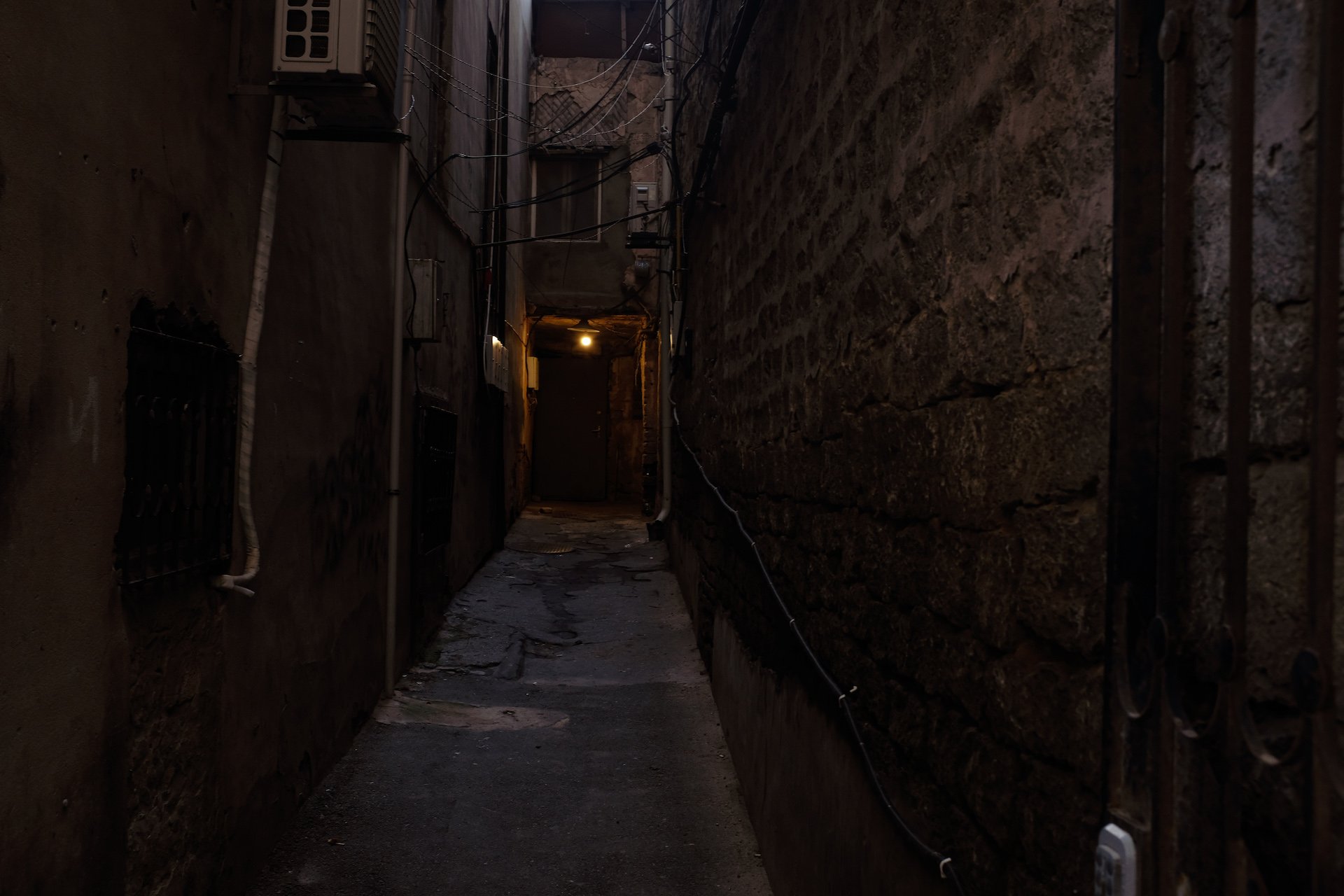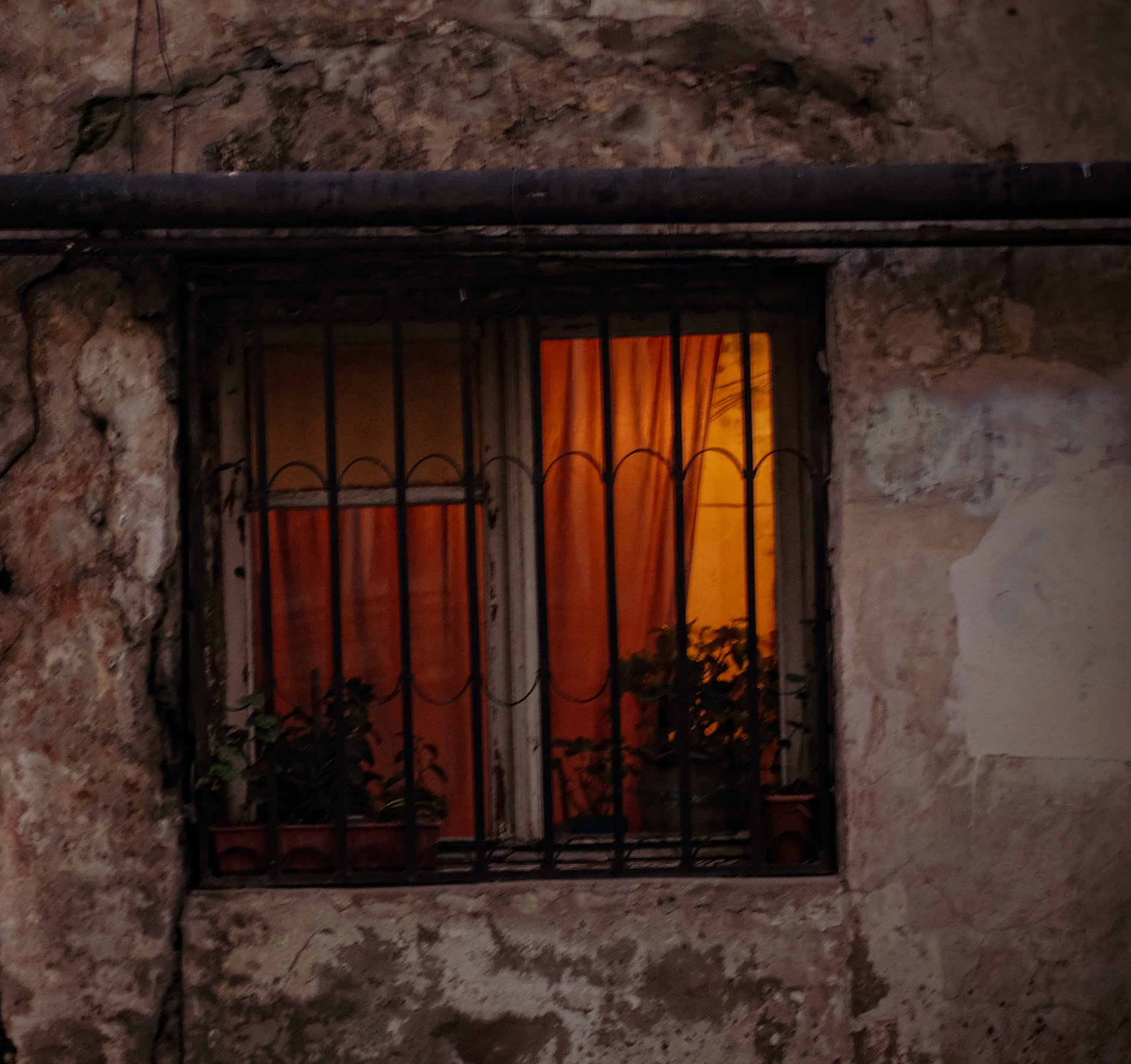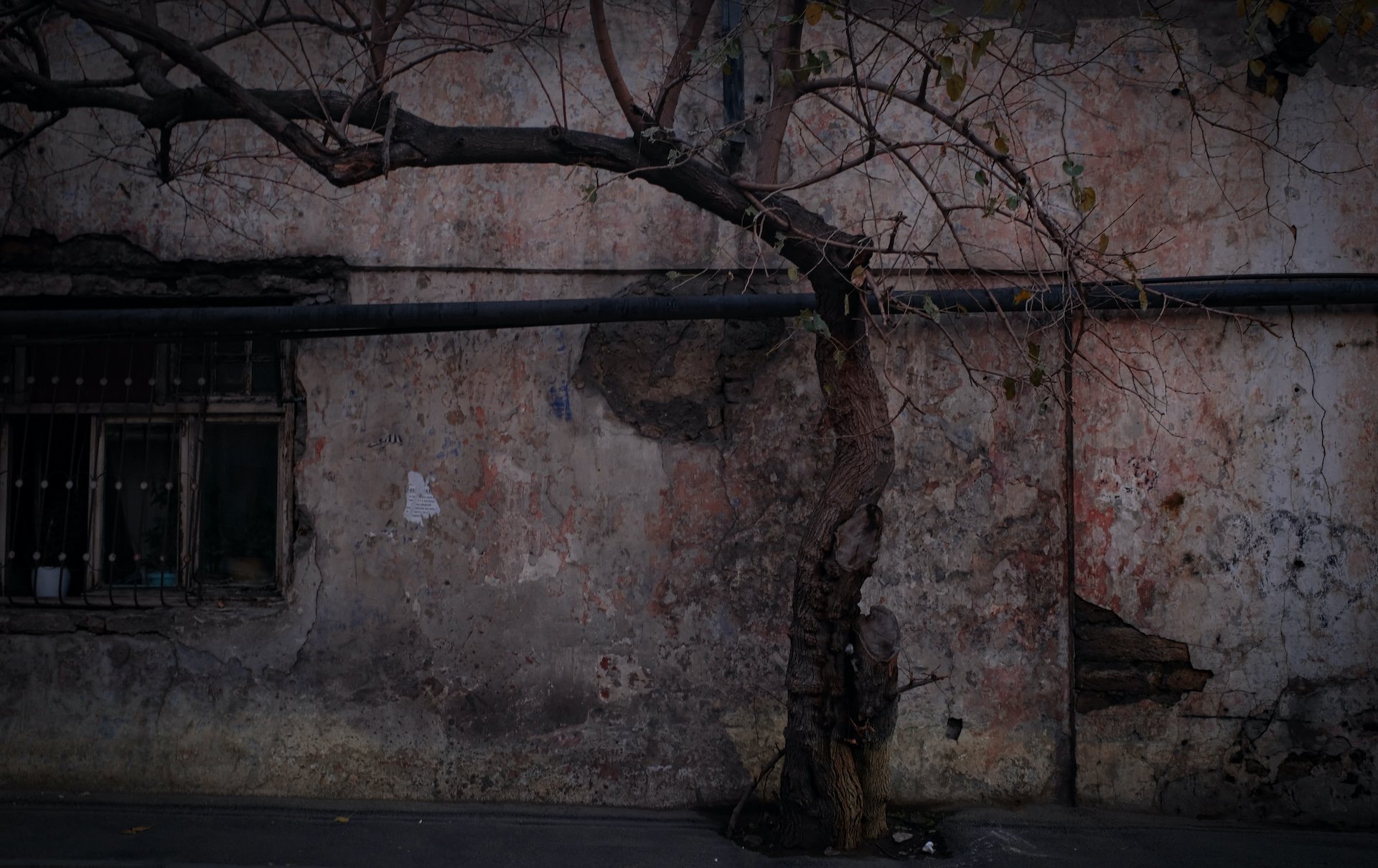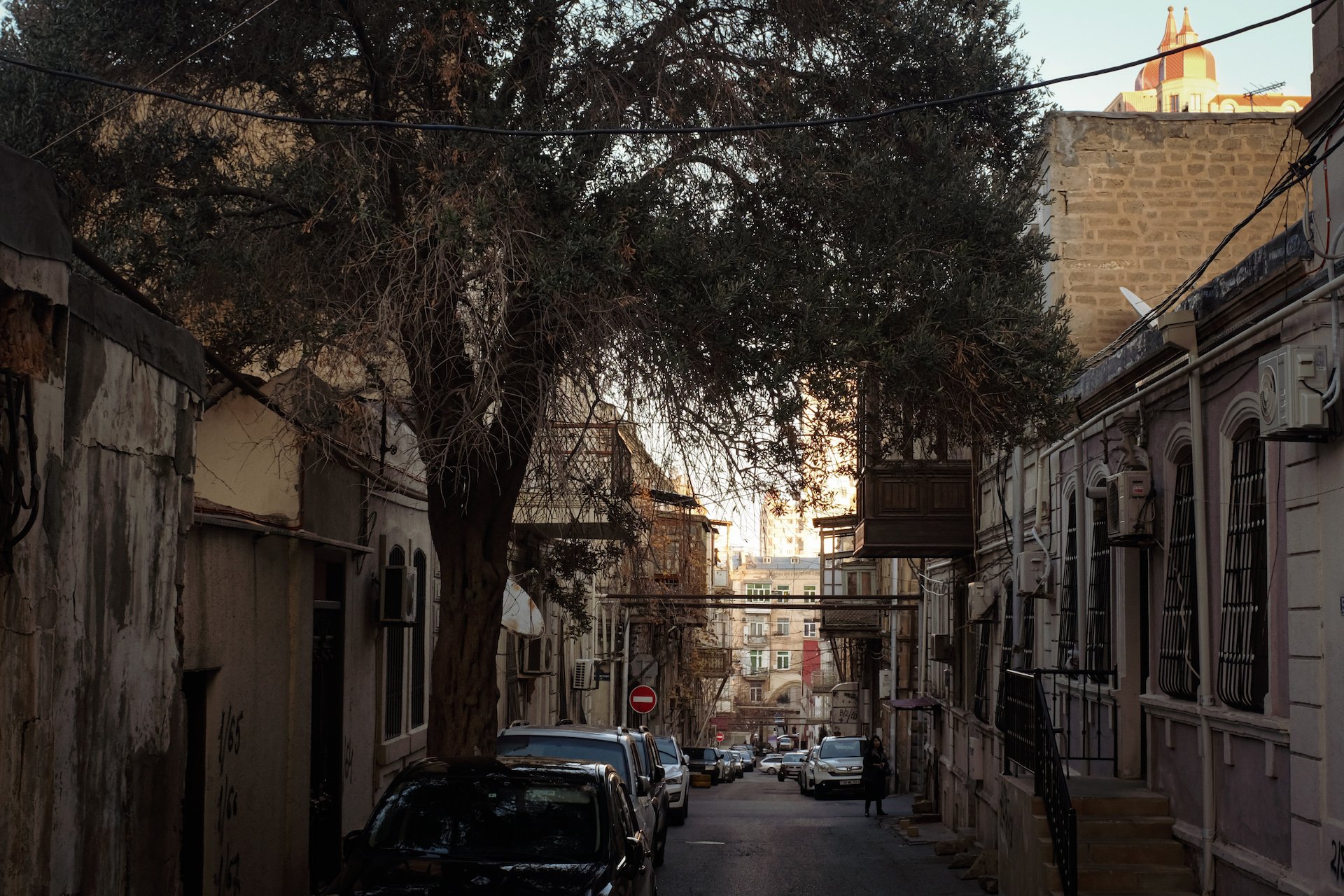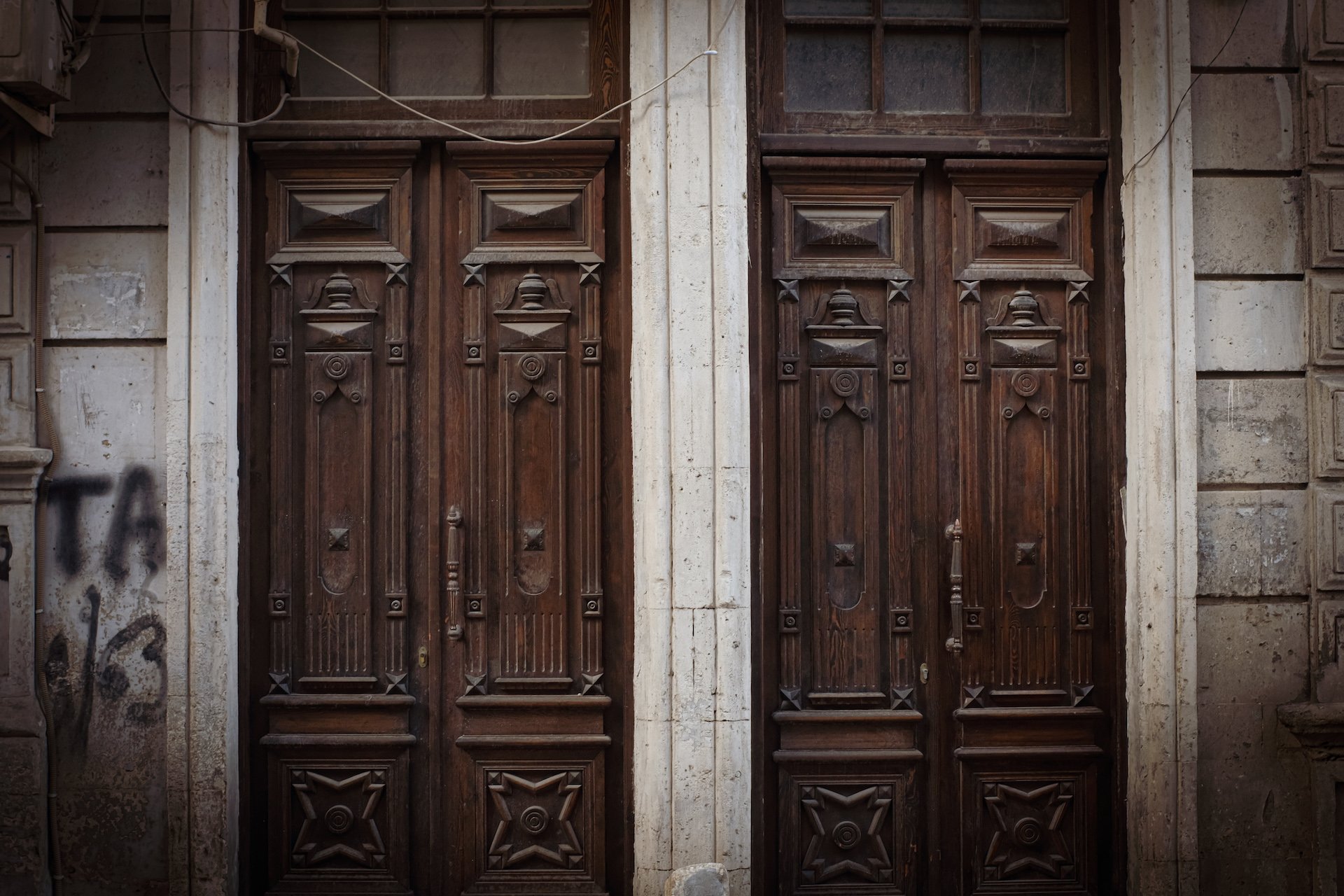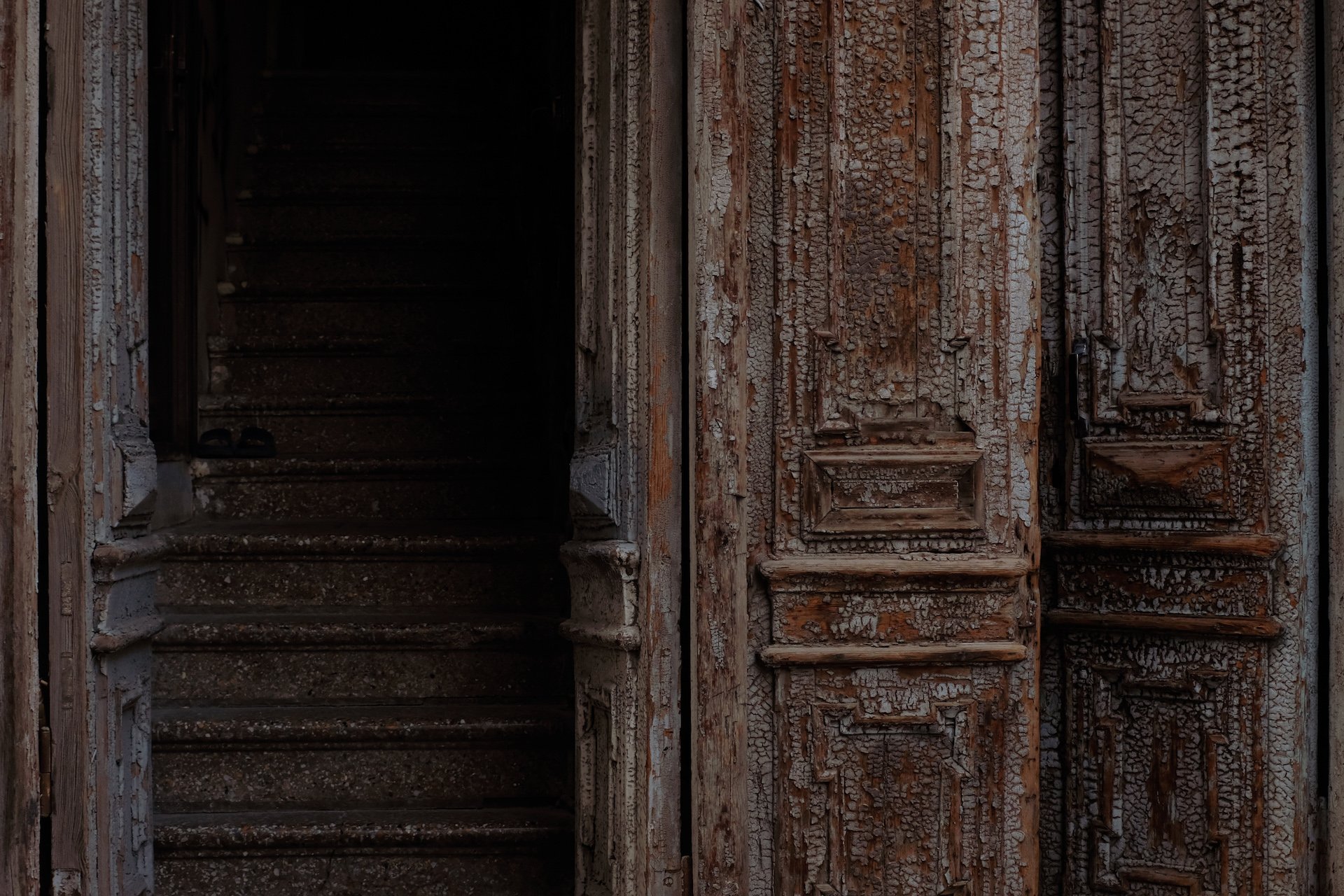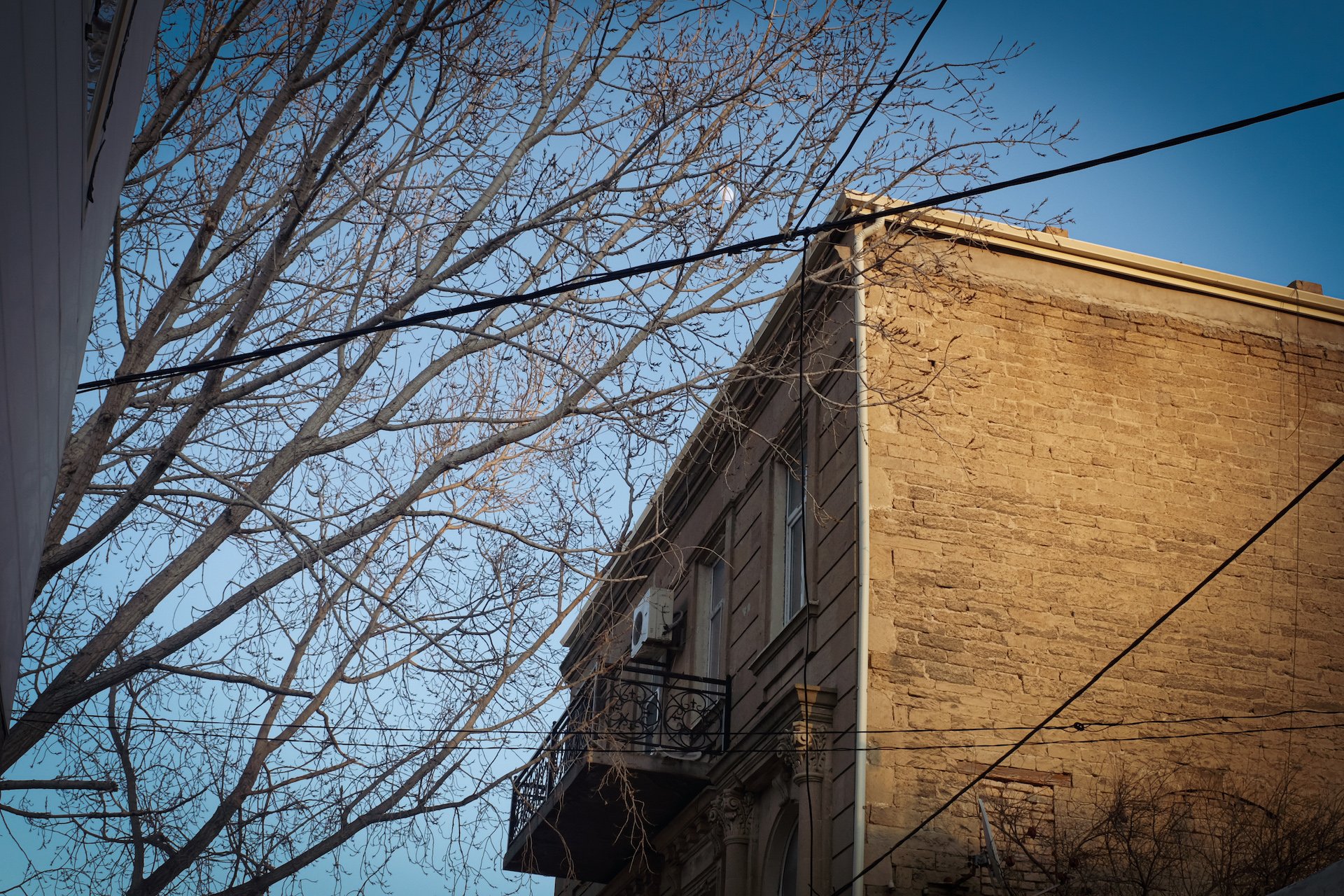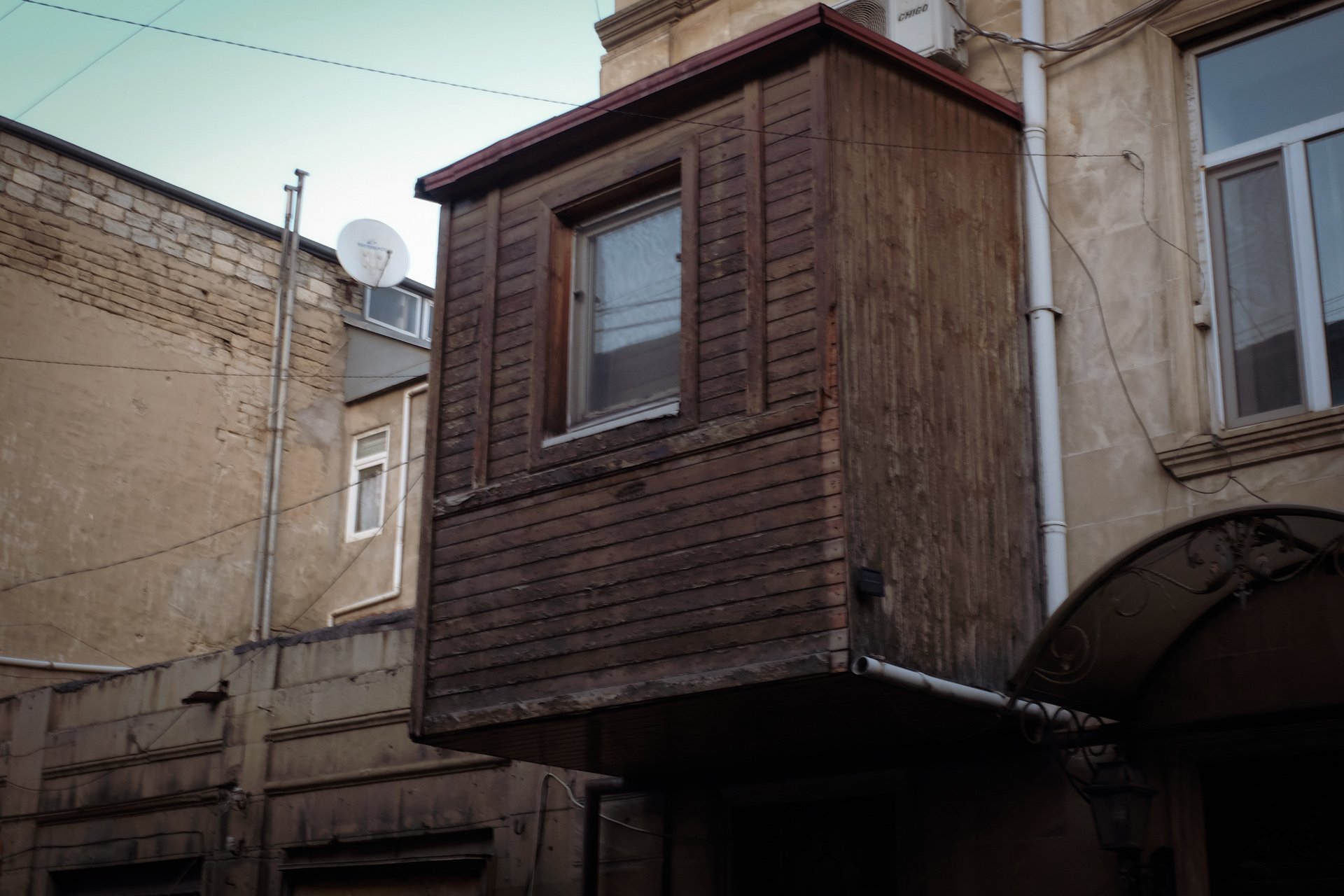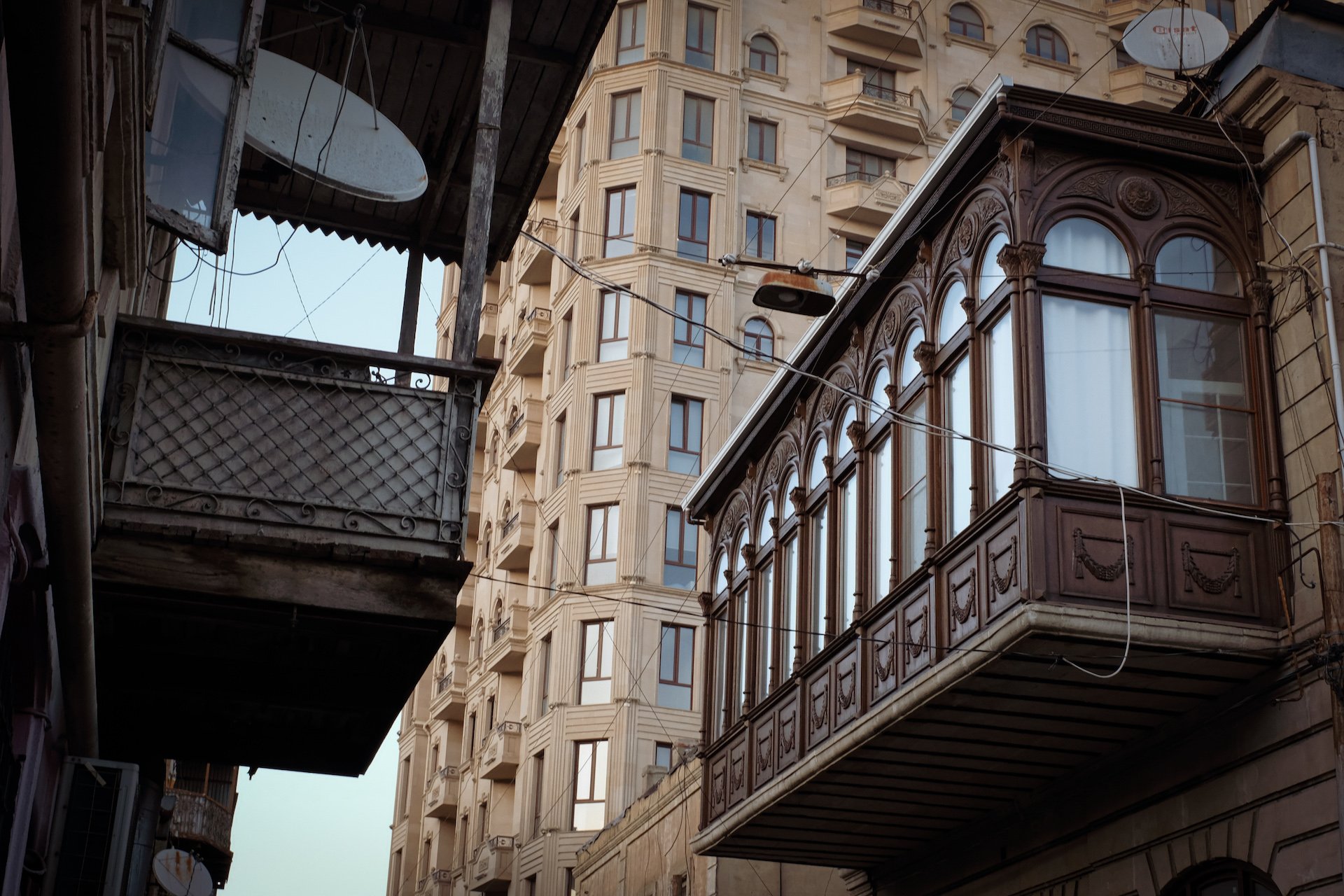
Baku – One of the oldest districts of Azerbaijan’s capital, Bayirshahar (Tazapir neighborhood), is facing an uncertain future as reports emerge of potential demolitions. Residents, architects, and historians fear that the government’s plans to replace historic buildings with a park will erase a vital part of the city’s cultural heritage. While no official decree has been issued, ongoing inventory work in the neighborhood and recent demolitions of courtyard houses near the house-museum of prominent musicians, Leopold and Mstislav Rostropovich suggest that large-scale changes may be imminent.
A Neighborhood Steeped in History
Bayirshahar, which includes Nizami Ganjavi, Lev Tolstoy, Suleyman Taghizade, Mirza Fatali Akhundov, Murtuza Mukhtarov, Rza Guliyev, and Zargarpalan streets, is a living testament to Baku’s 19th-century urban development. The neighborhood boasts architectural gems such as the Donanma Church, ancient bathhouses, and the Fatimeyi Zahra Mosque, alongside homes once belonging to notable figures like the Alibeyovs, Ashurbeyovs, writer Jalil Mammadguluzadeh, and composer Gara Garayev.
“This area isn’t just a collection of buildings—it’s an urban fabric carrying the traces of an entire era,” said architect Dilgam Ismayilov. “Every street, every stone here is part of Baku’s history. Instead of demolition, these neighborhoods should be restored and passed on to future generations.”
According to Resolution No. 504 of the Cabinet of Ministers, issued on December 30, 2023, and the "Baku City Master Plan for Development Until 2040," Bayirshahar is classified as a specially protected district. However, the lack of clear information and the ongoing land surveys in the area raise fears that preservation policies may be overlooked.
Residents Left in the Dark
Despite the historical significance of Bayirshahar, its residents remain uncertain about the government’s plans for their neighborhood. Many express frustration at the lack of transparency and fear forced evictions.
“I grew up here. My childhood was spent in these streets,” said Farhad Mammadov, a longtime resident. “Now they want to relocate us—to destroy history and build a park? Instead of recognizing our homes as part of Baku’s heritage, they see them as just land.”
Others demand clarity from local authorities. “We want to know what plans exist for this neighborhood,” said Leyla Abbasova. “They haven’t explained what they are offering us or how they expect us to leave our homes. This is neither legally nor morally right.”
The lack of official announcements has fueled speculation and anxiety. Rauf Hasanov, another resident, recalled municipal workers frequently mentioning demolition plans. “They’ve come many times, telling us these buildings are old and a park will be built here. If this is true, why don’t they inform us properly or offer alternative solutions?”
Some claim that demolitions have already begun unlawfully. “They knocked down a few houses in our courtyard,” Hasanov added. “Even if they halted the demolition, the houses were left uninhabitable. We are extremely worried about our future.”
Calls for Preservation and Government Inaction
Historians argue that Bayirshahar may be even older than Icherisheher (Baku’s Old City), with sections dating back to the khanate era. Shamil Fatullayev, a renowned architectural historian, has extensively researched the area and emphasized its significance in preserving Baku’s architectural identity.
Architect Dilgam Ismayilov urges restoration rather than destruction. “Demolition brings nothing of value,” he said. “If these neighborhoods are properly restored, they could contribute to Baku’s development through tourism and historical preservation.”
Despite appeals from both experts and residents, authorities have remained largely silent. A formal inquiry sent to the State Committee for Architecture and Urban Planning received no response. Initially, committee spokesperson Ramiz Idrisoglu promised to investigate the issue, but no official statement has been released.
A Struggle for Baku’s Urban Soul
For Bayirshahar’s residents, the uncertainty is unbearable. They continue to demand answers from officials, fearing that their homes and history will be erased without due process.
“This neighborhood is not just a home for its residents—it is a cultural treasure for all of Azerbaijan,” said Ismayilov. “Before making any decisions about its future, authorities must consider public opinion, consult experts, and take necessary steps to protect the city’s architectural heritage.”
With no clear resolution in sight, Bayirshahar stands at a crossroads. If the government proceeds with demolition, Baku risks losing another piece of its historical identity—one that may never be recovered.
